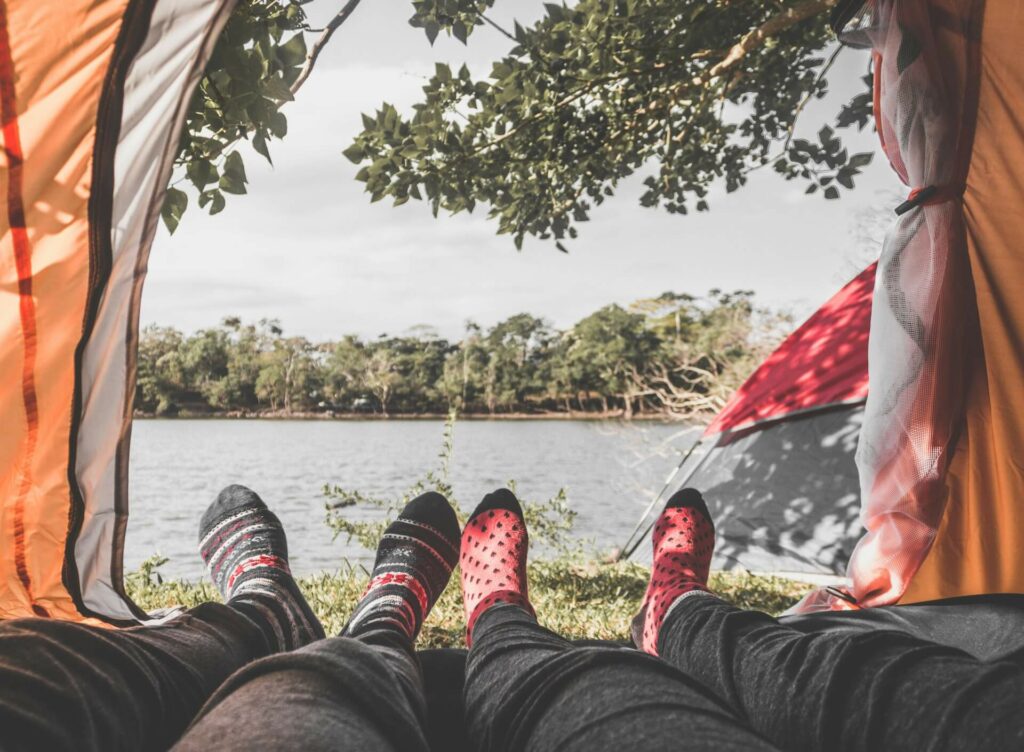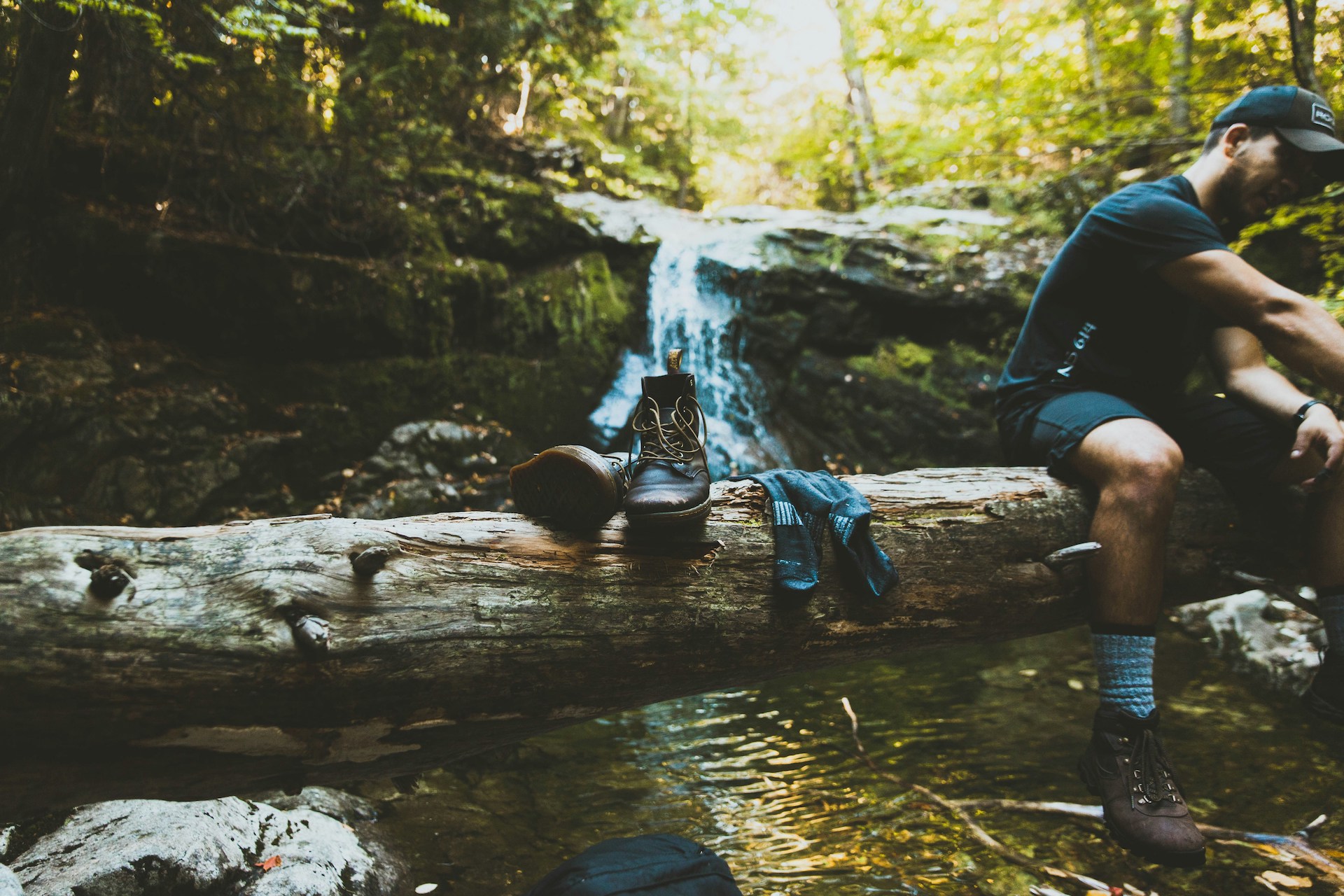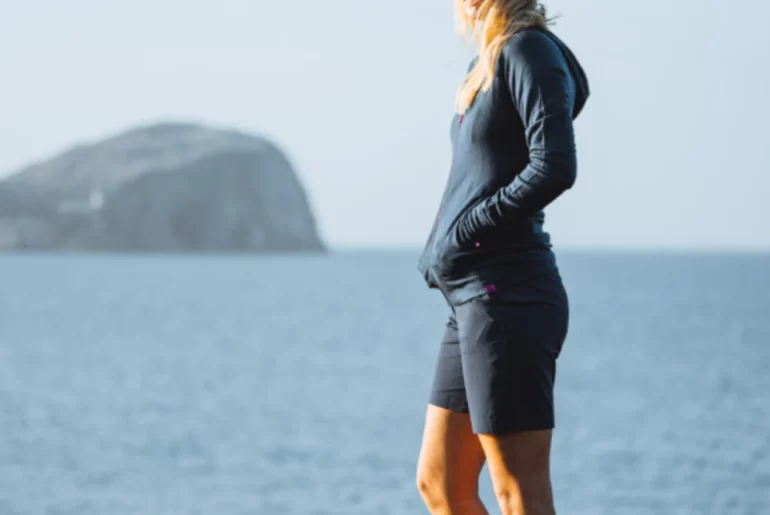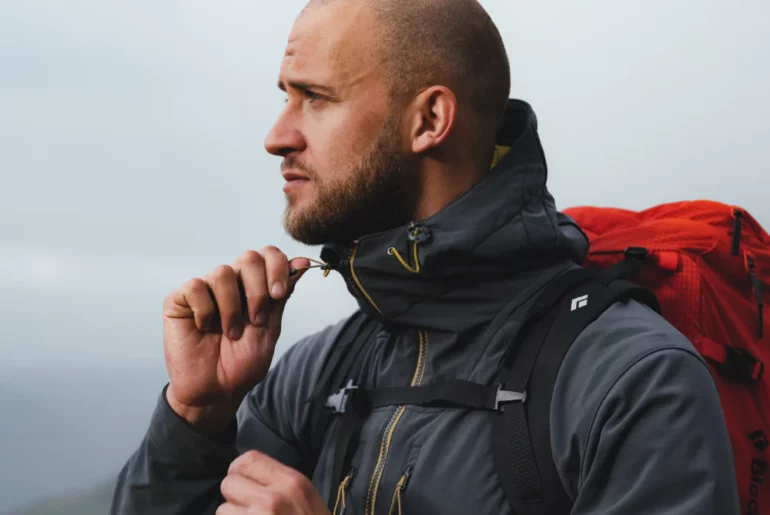When hiking almost any distance, choosing the right hiking socks is key for comfort, performance and health.
At Adapt Outdoors, a long-standing family-run company staffed by experts in outdoor pursuits equipment, we have carefully selected a range of brands that guarantee excellent quality and a variety of features to match all kinds of requirements. These brands include:
- 1000 Mile
- Bridgedale
- Darn Tough
- Gri Sports
- Haleth
- Hilly
- Hj Hall
- Jack Wolfskin
- Sealskinz
- Smartwool
- The North Face
- TOETOE
In this article, we’ll explain the importance of choosing the right hiking socks – casting light on various facets including material, weight, thickness and design to provide a basic guide on how to choose your own.
The importance of hiking socks
Hiking socks aren’t just a stylish accessory – they are designed for vital purposes including blister prevention and overall foot health, odour prevention and a level of comfort that will boost any hiker’s performance.
Below, we’ll discuss the core considerations you’ll need to take into account when shopping for your own ideal hiking socks.
Hiking socks material
There are numerous options available when it comes to the material of your potential hiking socks, and each has its own set of benefits.

Synthetic hiking socks are among the most common, with nylon and polyester topping the charts in terms of popularity. This is because these materials are among the best for producing moisture-wicking socks – vital for the provision of quick-drying qualities.
Whether as a result of perspiration, rainfall or submersion, it is highly likely that your socks will get damp or wet at some point on a hike. This can cause issues of all kinds, from temperature regulation challenges to blisters and other skin problems, as well as unpleasant odours and general discomfort.
Moisture-wicking socks make it easier for any dampness to evaporate. They are designed with tiny “capillaries” that move the moisture around instead of letting it sit, helping it to escape more readily.
Merino wool hiking socks are also excellent for wicking moisture. These types of socks come with the additional benefits of being warmer and having natural antibacterial qualities, which makes them even better at fighting odours and potential skin problems.
In addition, many of the most effective breathable hiking socks are made from merino wool, making this one of the best materials for all-round comfort.
Weight and thickness
You will also need to carefully consider the weight and thickness of your socks before making your selection.
The weather in which you will be hiking will make a real difference to your choice here. If your socks are heavier and thicker, your feet are likely to overheat in warm weather, making perspiration more likely. This can lead to blistering, heat rashes and unpleasant odours, as well as fungal infections in the worst cases.
However, if you are planning to hike in the snow – or in generally colder temperatures – thicker, heavier socks are likely to be the better choice. This will help to keep your feet warmer, maintaining good blood flow and preventing chill or other conditions caused by the cold.
It is worth noting that thicker socks tend to be more cushioned and will protect more effectively against issues like rubbing, but this will need to be balanced against the effect that will be produced when combined with the weather. More effective rubbing prevention can be achieved by being exceptionally careful about the fit of the walking shoes or boots you select.
Design
There are so many different designs of hiking socks available, with special features such as built-in cushioning and arch support to counteract the effects of various impacts, thicker patches to guard against rubbing and blisters, toe separation for a barefoot feeling that supports natural foot function – and much more besides.
When browsing for the right socks, you will need to think about their interplay with the hiking shoes or boots that you own – as we have mentioned above. The shape of your boots, and perhaps the height of the collar in particular, will have a very real effect on your comfort when wearing your hiking socks.
Your socks should always be long enough to protect against collar rubbing against the back of your calves.
Finally, it’s worth noting that many hiking sock brands offer socks in different sizes. Some offer S/M/L/XL sizing, while others divide their socks into relatively broad size categories – usually size 3.5-5, 6-8.5 and 9-12 or similar. Take care to choose the right size range when buying your socks to prevent unnecessary pressure on your feet, or looseness that may cause bunching or blisters.
Choosing the right hiking socks
Above, we’ve gone through the central factors involved in selecting the best possible pair of hiking socks, from the perfect material to the weight and thickness and the design, including sizing.
Always take your time and consider all of these elements when browsing for hiking socks, keeping in mind your personal preference, the type of expedition you plan to undertake and the clothing and accessories you will be wearing throughout.
When you find socks that function in accordance with all of your criteria, you can be confident that you have the perfect pair.
Now that you have a good understanding the right hiking socks to accommodate to your needs, explore our range of high-quality hiking socks of all kinds and designs.




